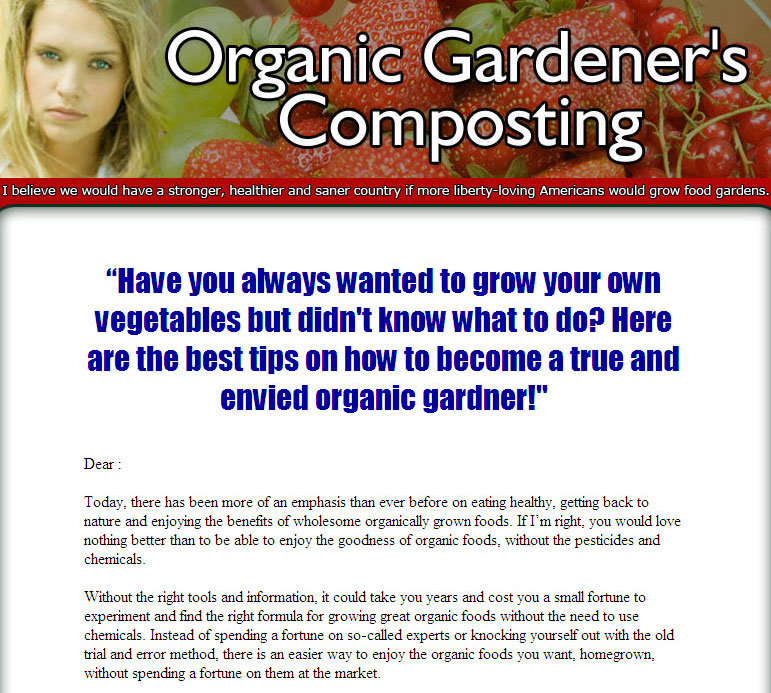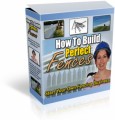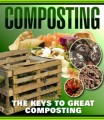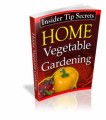Salespage Snapshot

Ebook Sample Content Preview
CHAPTER ONE
What Is Compost
Do you know what really happens when things rot? Have other garden books confused you with vague meanings for words like “stabilized humus?” This book won’t. Are you afraid that compost making is a nasty, unpleasant, or difficult process? It isn’t.
A compost pile is actually a fast-track method of changing crude organic materials into something resembling soil, called humus. But the word “humus” is often misunderstood, along with the words “compost,” and “organic matter.” And when fundamental ideas like these are not really defined in a person’s mind, the whole subject they are a part of may be confused. So this chapter will clarify these basics.
Compost making is a simple process. Done properly it becomes a natural part of your gardening or yard maintenance activities, as much so as mowing the lawn. And making compost does not have to take
any more effort than bagging up yard waste.
Handling well-made compost is always a pleasant experience. It is easy to disregard compost’s vulgar origins because there is no similarity between the good-smelling brown or black crumbly substance dug out of a compost pile and the manure, garbage, leaves, grass clippings and other waste products from which it began.
Precisely defined, composting means ‘enhancing the consumption of crude organic matter by a complex ecology of biological decomposition organisms.’ As raw organic materials are eaten and re-eaten by many, many tiny organisms from bacteria (the smallest) to earthworms (the largest), their components are gradually altered and recombined. Gardeners often use the terms organic matter, compost, and humus as interchangeable identities. But there are important differences in meaning that need to be explained.
This stuff, this organic matter we food gardeners are vitally concerned about, is formed by growing plants that manufacture the substances of life. Most organic molecules are very large, complex assemblies while inorganic materials are much simpler. Animals can break down, reassemble and destroy organic matter but they cannot create it. Only plants can make organic materials like cellulose, proteins, and sugars from inorganic minerals derived from soil, air or water. The elements plants build with include calcium, magnesium, potassium, phosphorus, sodium, sulfur, iron, zinc, cobalt, boron, manganese, molybdenum, carbon, nitrogen, oxygen, and hydrogen.
Other Details* File Format: MS Word Doc, PDF
* Number of Pages: 253
* Included Graphics: Ecovers, PSD
* Extras: Keywords
* Download File Size: 13,796 KB














